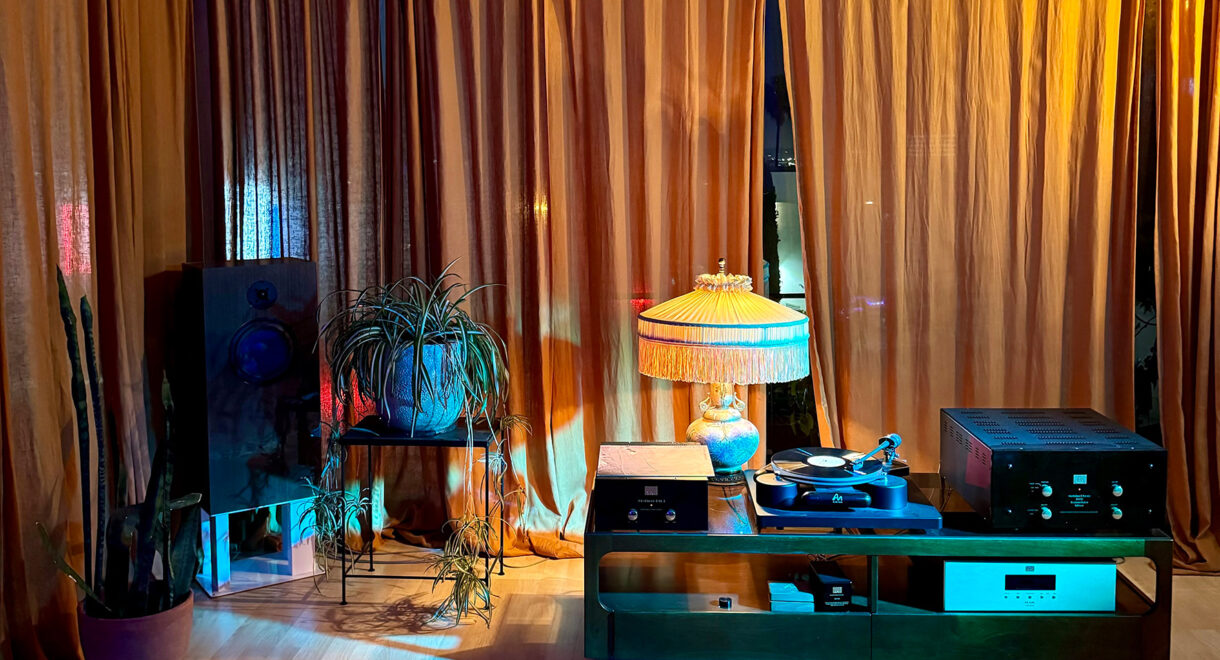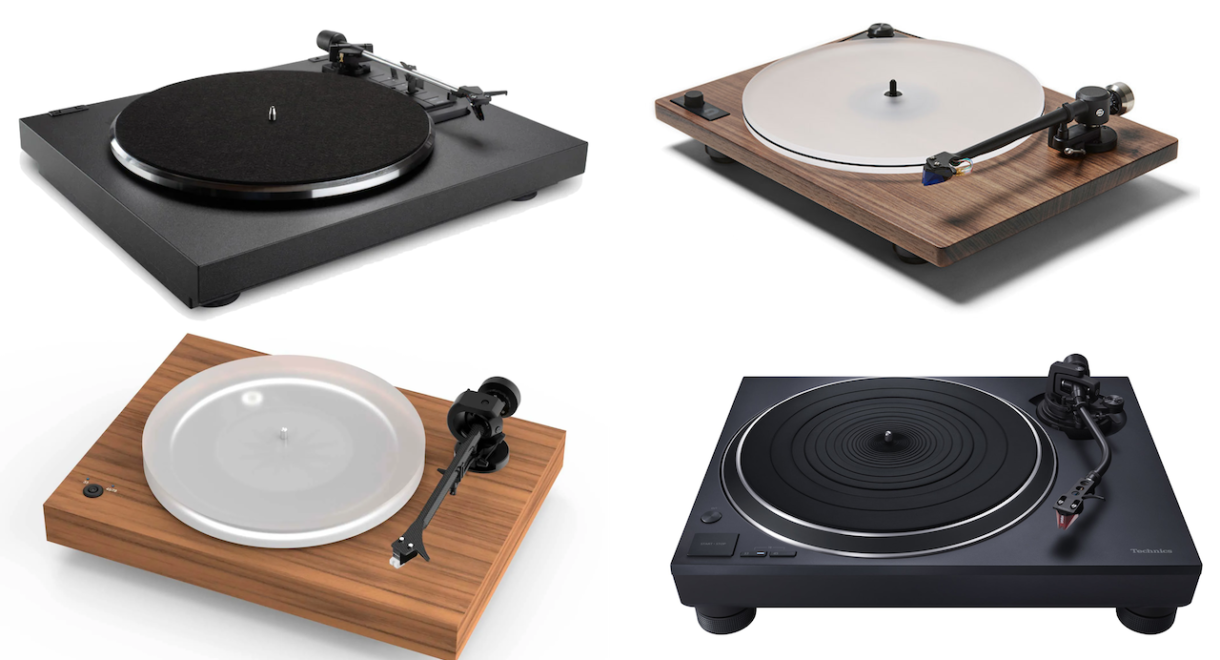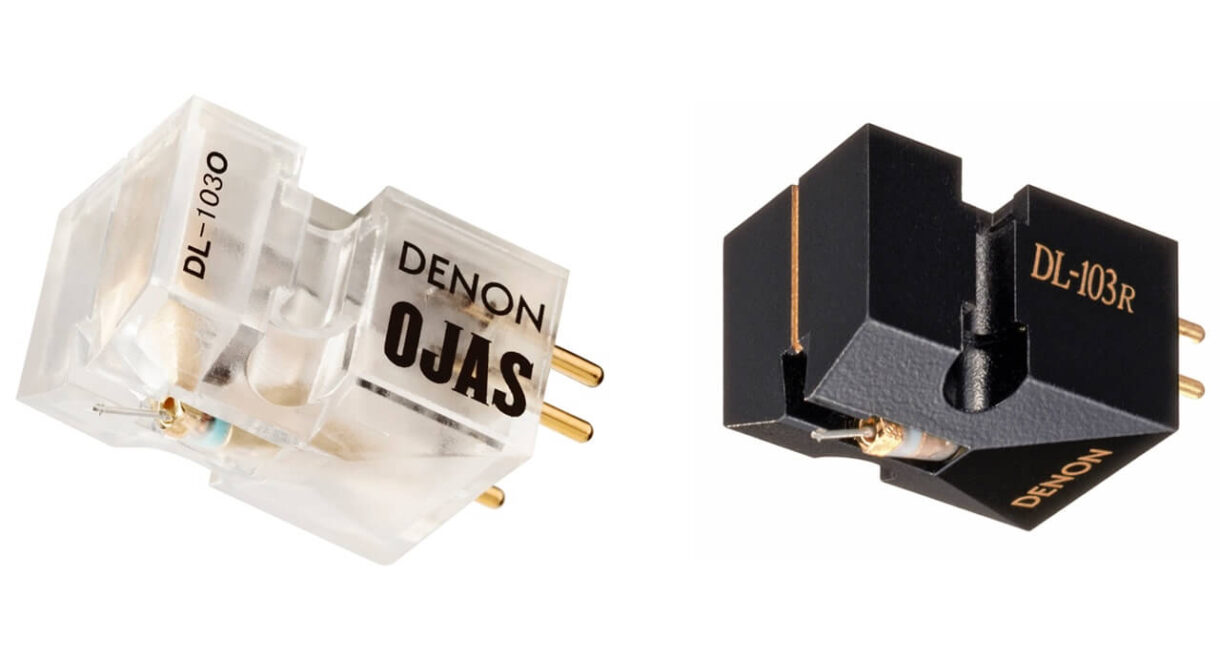Transparent clarity, deep bass, and “Invisible Sound” from German audio company ADS. Background: One of the lesser known hi-fi brands of the ’70s, ADS (Analog and Digital Systems) […]
The Dual 701 & Yamaha YP-701 Turntables: Exit to Vintage Street

Ecoustics’ Eric Pye (Audio Love NYC) shares his journey with two premium vintage turntables from the 70’s.
In the early ‘90s I took the digital plunge, and I sold my trusty Technics SL-220 turntable and four milk crates of records. I was moving abroad so this was somewhat of a forced choice, but like many, I also believed the future was digital. The Dual 701 and Yamaha YP-701 were not yet on my radar.
Little did I know that vinyl would come storming back 25 years later. I resisted the call to buy a turntable and get back into records, but finally succumbed in September 2018. At this point, I was committedly riding the retro audio train, so the turntable was definitely going to be a vintage model from the ‘70s or early ‘80s. I just didn’t know which one. Much to my surprise it became two.
The decision to go analog again brought on some serious online research. Being “new” to vinyl, I didn’t want to spend a lot of money, but very much wanted a reliable turntable that could deliver great sound. On the high-end side I was drawn to models like the Thorens TD-160, Pioneer PL-518, Marantz 6300 and Linn LP12, but my wallet firmly rejected these options. Perhaps someday in the future, but not right now.
One brand that consistently popped up in searches as a potential price-to-performance winner was Dual; with plenty of article mentions, and every third or fourth vintage table on eBay and Kijiji being one of their tables. They obviously manufactured a lot of turntables in the ‘70s, and their prevalence was proof of quality and durability.
Dual produced their first turntable in Germany in the late 1930s. They started selling internationally in the late ‘60s with their 1009 idler wheel table and added belt and direct-drive players to the product line in the ‘70s. Dual’s best-known units were undoubtedly the 1009, 1219 and 1229 (all idler drives competing with the pricier Garrard, Lenco and Thorens tables of the day) and the 701 direct drive.
I was quite attracted to the design and reported sound quality of the Dual 701, but it was still a bit expensive for my liking. After much research, I settled on a 604 semi-automatic, direct drive for its simple mechanism, low noise, reliability and price. Reports called it one of the more underrated Duals, and I’m a fan of underdogs. A search on Kijiji found one in good, recently serviced condition with a reputable Empire 2000E/iii cartridge. I decided to take the plunge.

To get off on the right foot, I also quickly picked up several essential records: Kind of Blue, Aja, New Gold Dream, Avalon, Blue Train, Flight to Jordan, Blade Runner OST, Idle Moments, Wish You Were Here; all great albums with superb sonics.
To be honest, I didn’t expect to be so smitten by the entirety of the vinyl experience. On the tactile side, I derived great pleasure from the ritual of interacting with the record and player. Removing the record from the sleeve and placing it gently on the platter, engaging the player and setting down the tonearm, settling in to listen, holding the cover and reading the notes and lyrics, flipping the record part way through — This sense of musical ceremony was something I’d missed over the preceding 27-odd years of CDs and digital files.
And the ritual element was matched emotionally on the sound side; the warmth and dynamics of analogue – even the occasional snap, crackle and pop of dust on the record – touches the soul in a way the purity and perfection of digital never can. Vinyl playback is imperfect. Like real life.
I found the Dual 604 to be a very satisfying player and was happy with both my turntable choice and the immersion back into vinyl. Fast forward a few months and we moved from condo to house. Suddenly I had two systems in different parts of the house. Initially the upstairs, living room system consisted of just amp, speakers and an Apple AirPort Express for wireless play from my laptop. The main system had turntable, CD player and wireless sources, but soon enough I wanted a second table for the living room, too.
My interest in the Dual 701 had only grown in the intervening months. Some of my Instagram friends were proud owners, and they regularly encouraged me to pick up “the best Dual ever made.” I started looking out for one, but price was still a hindrance.
One day, shortly before my birthday, an eBay search brought up a new “701” turntable. Not a Dual, but a Yamaha. This wasn’t a turntable I’d heard of before, but it looked beautiful, and I decided to look into it further.

The YP-701 (or YP-700, depending on where it was sold) was Yamaha’s top-of-the-line mid- ‘70s turntable. The belt-drive, auto-return player is a bit of a monster, measuring 480 x 410 x 161mm (18.9” x 16.1” x 6.3”) and weighing 9.2 kg (just over 20 lbs). It features a medium-mass S-shaped tonearm with universal plug-in head shell, heavy die-cast aluminum platter, and double float suspension (arm and turntable are sprung separately from the motor to insulate against vibration and motor noise).
No signal is passed until after the stylus is actually on the record, so there is no thud as the needle comes in contact on start-up.
The sound of the YP-701 has been compared in reviews with Thorens tables of the same time period, which may be at least partially due to similarities in the suspension design; in fact this model of Yamaha was nicknamed the “poor man’s Thorens” by some. I decided this would make a great addition to my audio collection, and a great birthday present, and so a purchase was made.
As a side note, I’ve since learned that turntable purchases on eBay can be fraught with issues, the most pervasive of which is shipping damage. I got lucky with the YP-701 in that the seller knew what they were doing and shipped with all pieces suitably wrapped and protected, with bomb-proof double boxing and insulation from vibration and impact. Fortunately, the table arrived in perfect condition. If you’re buying a turntable online, always check seller feedback and confirm proper packaging before finalizing a purchase.

On arrival, the YP-701 went into rotation in the downstairs listening room, and the Dual 604 moved upstairs to the living room. I was super impressed with the Yamaha from the first few records. The styling is immaculate, and performance was all that I could have hoped for. The independently suspended platter, motor and arm make this a very quiet turntable.
It is a delicate sounding player, particularly sweet in the midrange and treble (not surprising for a Japanese table), but some might find the low end a bit thin and lacking in authority. I found (and find) it particularly good with jazz, classical and acoustic music where detail is of the essence. It may not have the thicker midrange of the classic Thorens tables like the TD-160 Super and TD-125, but it’s a very capable deck with a good cartridge.
In spite of this Yamaha-induced contentment, something still nagged at me. My Dual 701 friends continued to prod me (yes, I’m pointing at you in particular, Chad G), both to get one, and to do a 701 Battle Royale. My Instagram community was rather interested in the Yamaha, so I decided that I needed both.
Editor-in-Chief, Ian White, who is a huge vintage Thorens user and big proponent of the work performed by New Hampshire-based, Vinyl Nirvana, took a fancy to my trusty YP-701 and made an offer on it that I couldn’t refuse.
He’s been running it with a Nagaoka MP-110 and Denon DL-A110 and has had nothing but praise so far for it. He did have one minor setup issue because I forgot to mention removing the motor cover to install the belt.

The Dual 701 (1973-76) is a table of pure simplicity, with platter sitting directly on top of an innovative, electronic, low speed motor with feedback-controlled speed precision. The 701’s motor is so quiet and resonance-free that it does not require isolation mounting and is attached directly to the table’s chassis. At the time of production, it was considered to be the “quietest turntable ever made,” as evaluated in independent laboratory tests.
Everything I read and learned from owners online, convinced me that I needed this Dual. Then on the last day of 2019, there was a new Kijiji listing for a Dual 701. Original owner. With Shure V15iii cartridge. In Calgary. Just 30 minutes from my house. And the price was about half of what I’d become accustomed to seeing in other ads. No time for thinking. The call was made, and I was on my way to check it out.
Some days – you just get lucky. Like hit the jackpot lucky.
The seller was definitely a lover of music. An older gentleman, downsizing before moving into a senior’s home. He’d sold off most of his system, and the Dual was the last piece to go. Aside from a little wear on the plinth, it was in wonderful condition. I could sense his disappointment at this parting, but also felt he was happy it was going to a home where it would be treated for years to come with the same reverence he had for it. A deal was struck, and I ended the year on the ultimate high.
The Dual 701 was all I imagined it to be. It features a straight tonearm (common on all vintage Dual tables), shuttle cartridge mounting system, internal grounding (no finicky grounding wire to attach to the amp), a 2.9 kg (6.4 lbs) non-magnetic, dynamically balanced, detachable platter, auto-start and return, stroboscopic pitch control, and a beautiful wood plinth. It has a relatively small footprint at 420 x 362 x 145 mm (16.5” x 14.3” x 5.7”) and weighs a hefty 10.9 kg (24 lbs).
The 701 is authoritative and dynamic, with a big, robust tone. The low-end is nice and thick; compare it to any inexpensive turntable made overseas today and you’ll hear the difference. The midrange is warm and fleshed out with good detail retrieval. Treble is pleasing and certainly not lacking, though perhaps outshone by the quality of the lower registers. The slightly forward presentation and excellent sense of pace make it an excellent choice for any genre of music.
So, quest done? Probably not. The Dual 604 was sold soon after the Dual 701 arrived. I’ve since inherited a Technics linear tracking turntable which spends its days as part of the living room system. And I still have a hankering for a Thorens, Linn, or maybe an old Empire. The adventure never ends, but the joy is in the journey and not the destination.
This article originally appeared at ecoustics.com and has been published here with permission.










